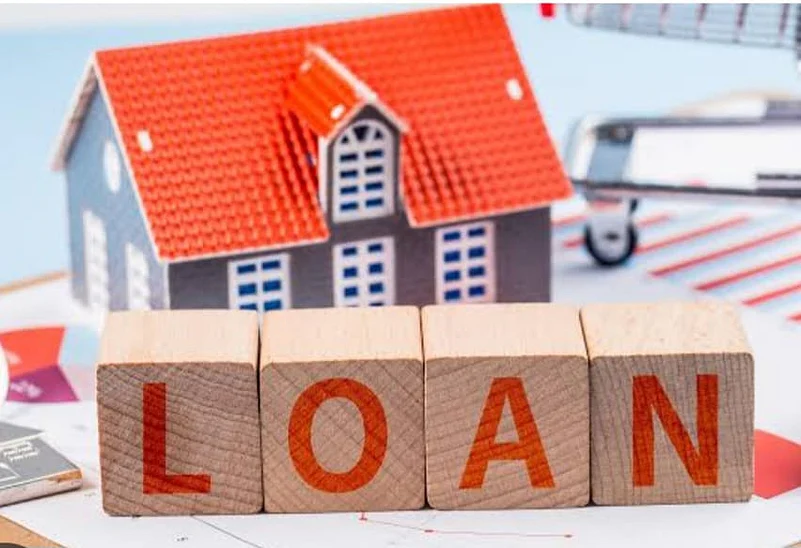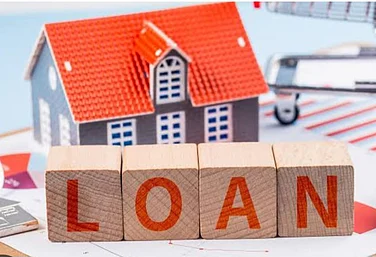The latest 50 bps policy rate cut by the RBI has come as a music to the ears of home seekers. Particularly, the cumulative 100 bps interest rate cut this year, is a big relief for middle class homebuyers who have been finding it extremely difficult to buy a home due to spurt in home prices over the last couple of years. But is home loan interest rate relief enough to significantly improve affordability for home buyers in the category of affordable and mid-priced housing? Will it be sufficient to promote inclusive housing under the government's flagship programme of 'Housing for All바카라™? The road ahead for inclusive housing is long and much more needs to be done for achieving it.
Looking at the present housing scenario, one finds that after a stellar start, housing sales have been sliding since the last two quarters owing to unaffordable home prices. It is clearly evident from the statistics. According to PropEquity, a leading real estate data analytics company, housing sales in India's top 9 cities have been witnessing a YoY decline, falling from 3% YoY growth in Q1 2024 to 20% deceleration in Q1 2025.
The problem has been further aggravated due to sharp decline in the supply of homes in the affordable and mid-segment category. As per PropEquity data, the supply of homes in affordable and mid-income category (homes priced below INR 1 crore) fell 36% in the last two years (2022-2024) in top 9 cities. On the other hand, the supply of homes priced INR 1 crore and above has risen by 48%.
What's really alarming is that the share of affordable housing has been declining at a fast pace. According to Anarock data, affordable housing sales share in the overall housing sales plummeted from 38% in 2019 to 18% in 2024 while its supply dropped from 40% to 16% in the same period.
So, the real issue is supplying constraint and not the drop in demand as some real estate developers would like us to believe. Even today, there is maximum demand in the affordable and mid-priced housing. A recent CII-Knight Frank report says that the demand will reach 31.2 million units with a market size of INR 67 trillion. Middle-class people are unable to buy homes because there is hardly any supply in their preferred price bracket. Whatever new projects are there, they are unaffordable. Anarock 2024 report says that 59% of new housing projects in Delhi -NCR, 18% in Hyderabad and 12% in MMR were priced above INR 2.5 crore. As the majority of new supply is focused on -premium and luxury/ultra-luxury homes, there is a noticeable shortage of homes in the upper mid to mid - income and affordable segments.
In the light of this situation, some developers have thought of reducing home sizes to improve affordability, especially as many lifestyle-conscious homebuyers don't want to move away to suburbs due to longer commute time. Developers on their part are made to restrict supply of affordable and mid-priced homes as it has become financially unviable for them in view of steep rise in land prices (doubling in the last couple of years) together with increase in building material prices and costly labour.
In such a scenario, besides reducing home loan rates, much more needs to be done to make homes accessible to masses. The biggest intervention needed from the government is on the land front. It's not just that the land is extremely expensive, its acquisition is equally difficult. Therefore, a policy intervention is needed to make use of the idle government land for affordable housing purposes. More states should follow Maharashtra Housing Policy 2025 which aims to create a land bank for developers to undertake affordable housing. In this regard the PPP model may also come handy.
In order to push the supply of affordable housing, the government must revise its affordable housing policy by substantially increasing the old threshold price cap of INR 45 lakh for homebuyers and developers to avail benefits under PMAY. This price cap has become irrelevant today due to inflationary pressures. Credai has suggested to increase it to INR 75-80 lakh to make construction of affordable housing financially viable for the developers. Providing low-interest finance, benefits with regard to tax and liberalized FSI to developers of affordable housing, besides incentivizing rental housing are among the other policy initiatives required to push the supply of affordable housing and make cost of home acquisition low. This is much needed to promote inclusive housing in order to realize the aim of "Housing for All'.
Powered by .














